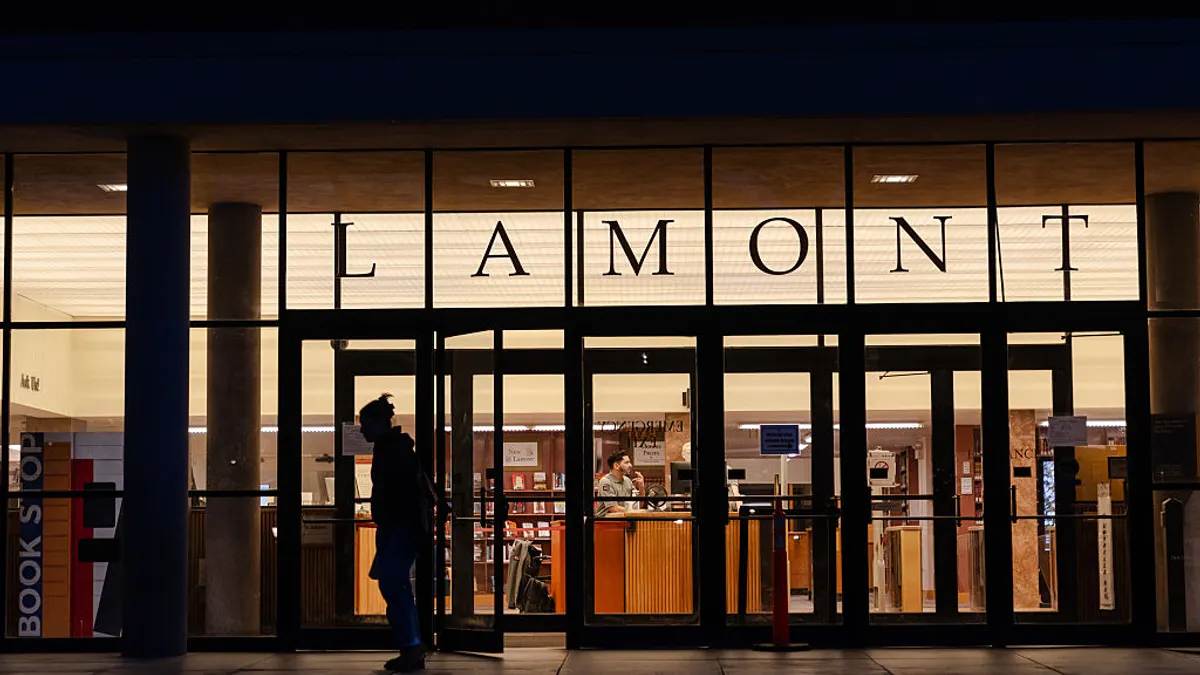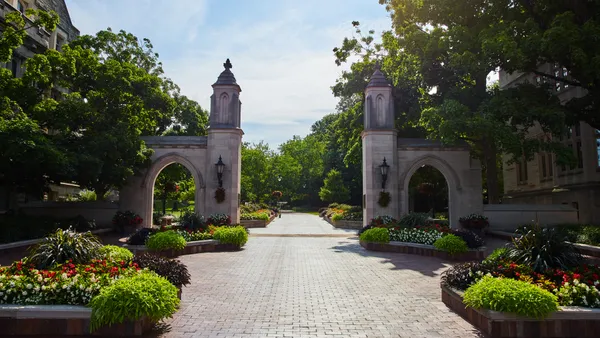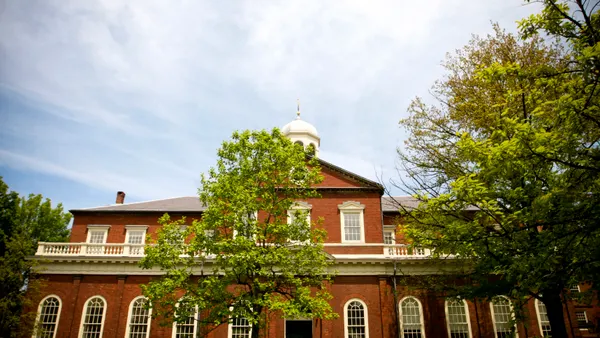Dive Brief:
- This week, private colleges and universities in Minnesota welcomed to campus potential transfer students from community colleges. It's part of their effort to increase the share of students that come from the two-year institutions, which currently stands at around 25%, according to the Star Tribune.
- Campus visits this week and again in February are part of a large, coordinated effort to draw community college students to the 17 institutions that make up the Minnesota Private College Council. Admissions officials from those schools are also holding several joint fairs at community colleges.
- Council data show recruiting transfer students may broaden diversity on their campuses. About 30% of transfer students are first-generation compared to 20% of the entire student body, and 28% of transfers are from minority groups, compared to roughly 25% of all students.
Dive Insight:
Transfer students have received increased attention in recent years, in large part due to four-year colleges looking for qualified students in efforts to bolster enrollment.
A large majority (85%) of admissions directors at private nonprofit colleges said they expect to increase their efforts to recruit transfer students, according to a 2017 survey from Inside Higher Ed and Gallup. That's compared to 70% of administrators who said recruiting students with merit scholarships would be a priority and 66% who said the same about minority and out-of-state students.
Several institutions are making a formal effort, such as the University of California System, which earlier this year signed a memorandum of understanding with the California Community Colleges System to guarantee admissions for qualified transfer students from the two-year colleges into the four-year universities.
The University of North Carolina at Chapel Hill is working with community colleges in the region to help more students transfer. Princeton lifted a ban on transfer students, and Smith College has a dedicated program to recruit and support nontraditional student transfers. Recent research from the American Talent Initiative has shown a general lack of such programs is inhibiting low- and moderate-income, high-achieving community college students from transferring to four-year institutions.
Successful high school students enrolled in challenging courses with early plans to transfer are more likely to complete a four-year degree, another report found, and community college students need better advising and transfer pathways. Additionally, the inability to transfer credits from their previous college also can be an inhibiting factor.
The Community College Research Center (CCRC), meanwhile, developed a series of publications on the topic. Its research supports the notion that the institutions these students are transferring into should play a bigger role in assuring their success. In separate research on fortifying the transfer path between two- and four-year colleges, CCRC cites data that show about 80% of students who enroll at two-year institutions intend to transfer for the purposes of earning their bachelor's degree, though a smaller share actually transfer and an even smaller share earn a diploma.












